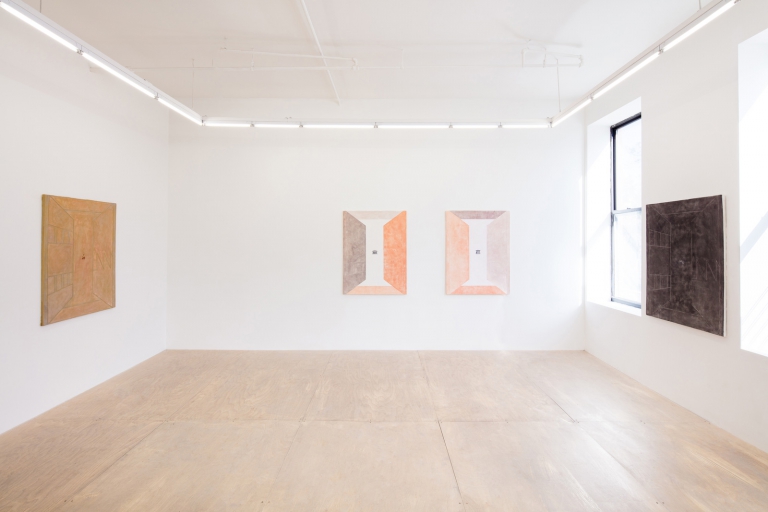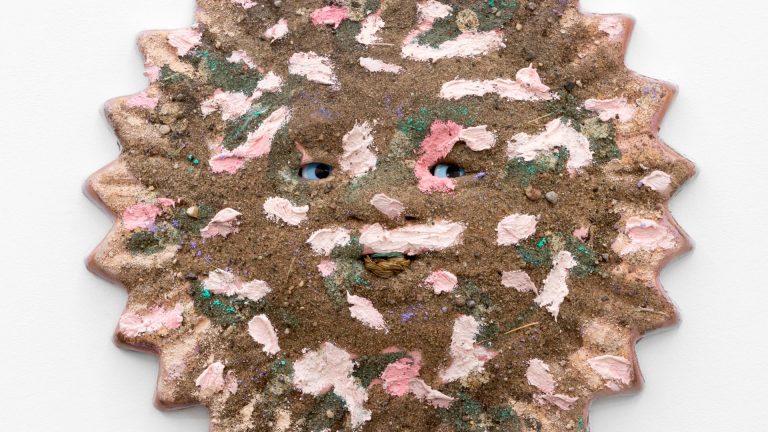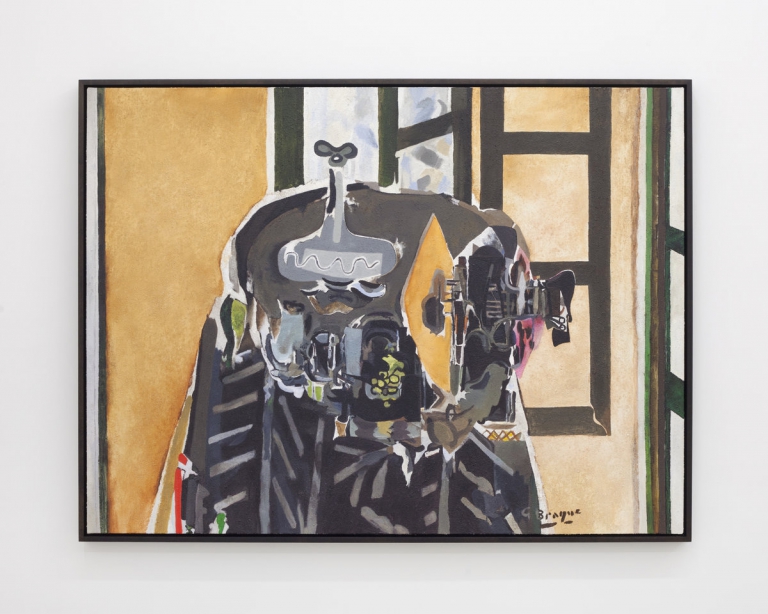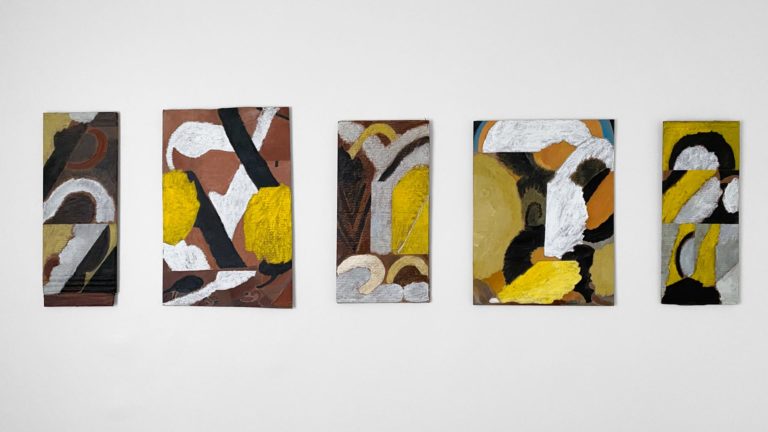Artists: Christina Barrera, Polina Barskaya, Nadia Belerique, Nicholas Bierk, Cristine Brache, Greg Carideo, Cathleen Clarke, Alexandre Guay, Olivia Jia, Grace Kalyta, Claudia Keep, Kris Lemsalu, Bertha Leonard, Claire Milbrath, Narcissister, Elisabeth Perrault, Mary-Audrey Ramirez, Emma Schwartz, Marion Wagschal
Exhibition title: Thank you, I’m rested now. I’ll have the lobster today, thank you
Venue: Pangée, Montreal, Canada and Margot Samel, New York, US
Date: June 26 – July 26, 2024
Photography: all images copyright and courtesy of the artists, Pangée, Montreal and Margot Samel, New York
Note: Press release is available here
The bedexists outside of time and yet entirely defined by it as an accumulation of our lives. It’s a disarming landscape that keeps record of our bodies as, each evening, we fill our sinking mattress molds, match the dried stains on our sheets, and tug covers over our heads. It is also a site for much more than sleep. Hours can be lost to a bed while entwined with another person; a one-time encounter can become a sleepless night– the bed as evidence of a slow burn or a blitz of passion. Who can afford to spend hours in bed is itself increasingly contested in our production-driven present where rest allowed to –and divided between– classes is vastly unequal. I have spent many mornings from the vantage of my bed, assessing the existential corners of my own life. We are born in beds, and die in them too.
Thank you, I’m rested now. I’ll have the lobster today, thank you takes its name from Karen Kilimnik’s 2016 collage of the same title. In it, a siamese cat perches upon a Rococo-style bed, roped off in an uncrossable museum tableau. Following this work’s lead, many of the artists in the exhibition look to the boundaries between the bed as a symbolic object and the bed as a proxy for life. Greg Carideo captures snapshots of New York City’s discarded mattresses, looking to the thresholds of time and filth we allow ourselves with our places of rest. They recall a well-circulated anonymous image from the days of the early internet–a mattress discarded on the side of a nondescript building, scrawled across it the phrase “people fell in love on me.” For Cathleen Clarke, the threshold is psychoanalytic– the bed is a passageway that summons a Freudian couch. Her paintings capture a liminal state change marking childhood, dreamworlds, spirits, and ghosts.
Throughout art history, the bed has served as a site of celebration, contestation, and protest many times over. Works like Emma Sulkowicz’s 2014 performance Mattress Performance (Carry That Weight) brought attention to sexual assault on college campuses. Rachel Whiteread cast the undersides of beds during the 1990s forming tombe-like, lifeless bodies laying for a final time. Her beds became places of mourning. Edourad Manet’s work, Olympia (1863) captures a conversation through the bed-as-stage for race, class, and gender which continues to be an exemplary work of study in these critical dialogs today. Tracy Emin’s confessional work My Bed (1998) enters us into a conversation around the artist as art work. As a protest against the Vietnam wars, John Lennon and Yoko Ono hosted Bed-ins for peace in 1969 – an experimental protest for peace binding the public couple to their bed for weeks at a time, inspired by the civil rights sit-ins of the 50’s and ‘60s.
Dreams or sleepless nights, long-time lovers or quick flings, repose or lazy naps – we may leave our beds to chart our days but our residue remains with them, marking our own mostly private passages. Throughout art history the bed as a site and symbol has served as a rich cultural, political, and personal reference. This exhibition assembles works that continue this tradition, examining the bed as an object, symbol, and site holy, restorative, satirical, critical, of nightmares, or discarded.
– Text by Emily Small















































































